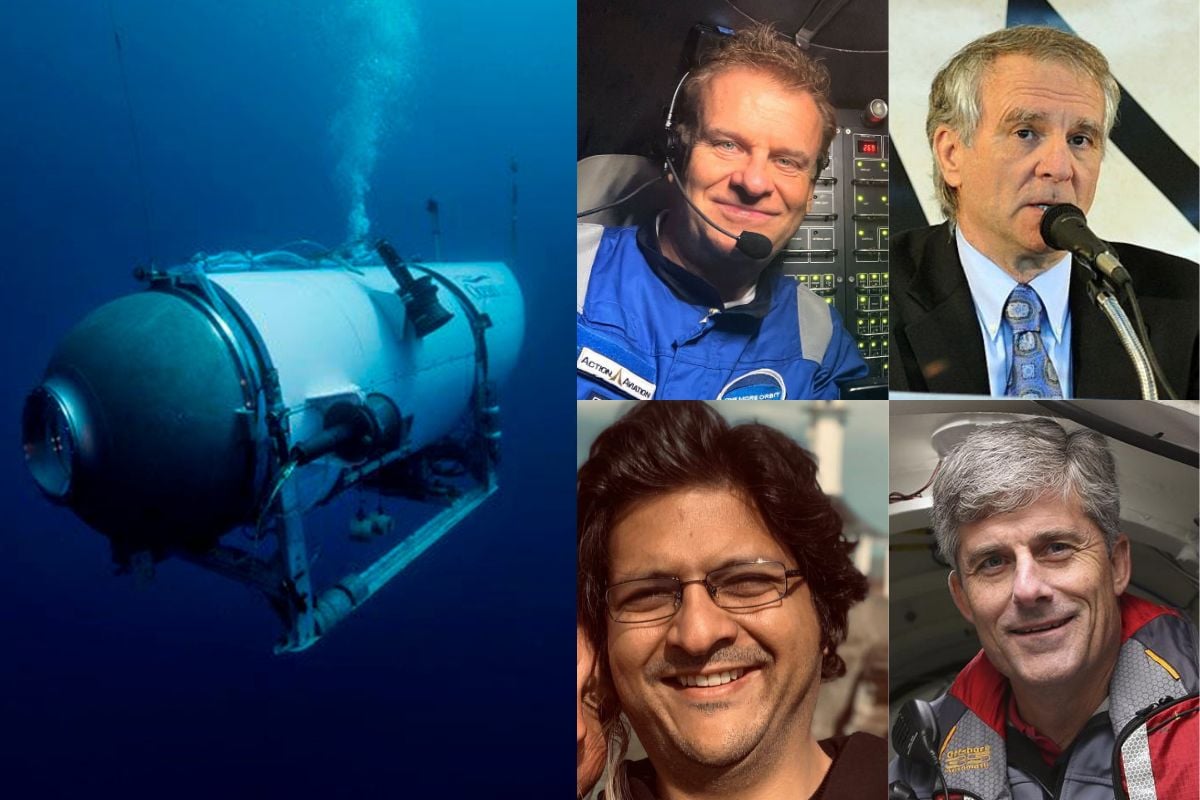
Rescuers are racing against the clock to find the submersible which disappeared on the way to the Titanic wreck, with less than 24 hours of breathable air left on board.
The vessel, which is carrying five passengers, began its journey towards the wreckage site off Canada's coast on Sunday morning, before contact was lost about one hour and 45 minutes into its dive, the US coast guard said.
The six-metre submersible, named Titan, has the capacity to stay underwater for 96 hours, according to its specifications - giving the five people aboard until early on Thursday before air runs out.
Rescuers are now concentrating their efforts on a remote area of the North Atlantic where a series of undersea noises have been detected.
On Wednesday, the US Coast Guard wrote on Twitter that a Canadian aircraft had detected the "underwater noises" in the search area.
Canadian P-3 aircraft detected underwater noises in the search area. As a result, ROV operations were relocated in an attempt to explore the origin of the noises. Those ROV searches have yielded negative results but continue. 1/2
— USCGNortheast (@USCGNortheast) June 21, 2023





Top Comments
I don't understand why you'd want to do this, in that craft (that bolts you in from the outside!) that far down to look at a murky grave site. It's so far down, it just seems like a ridiculous idea to be paying to go down just to look. More money than sense, some people.